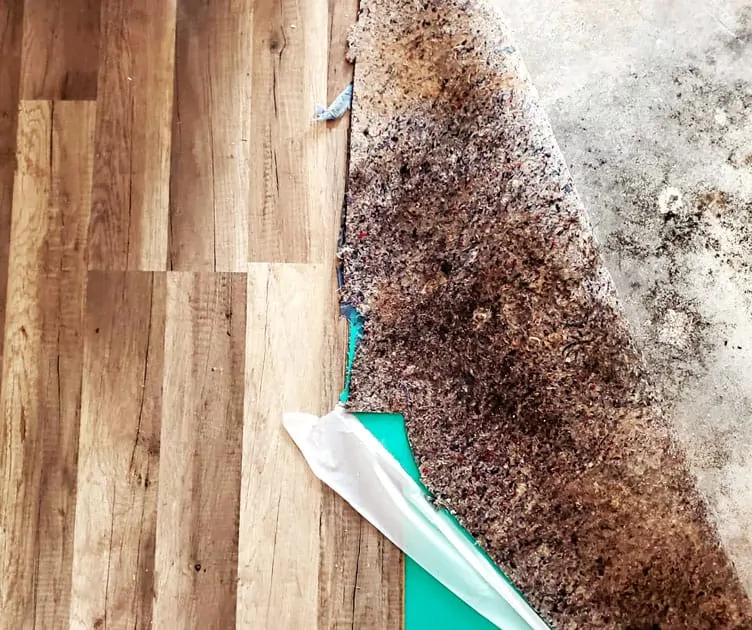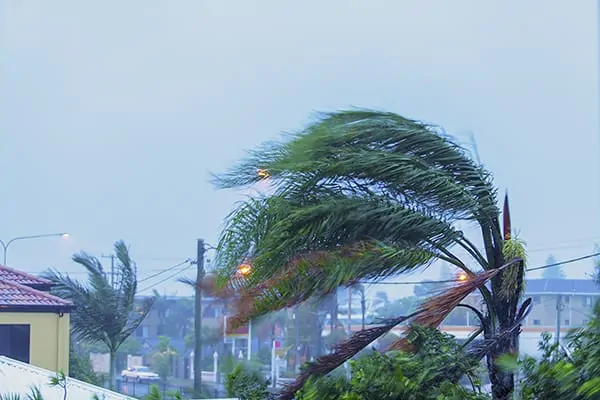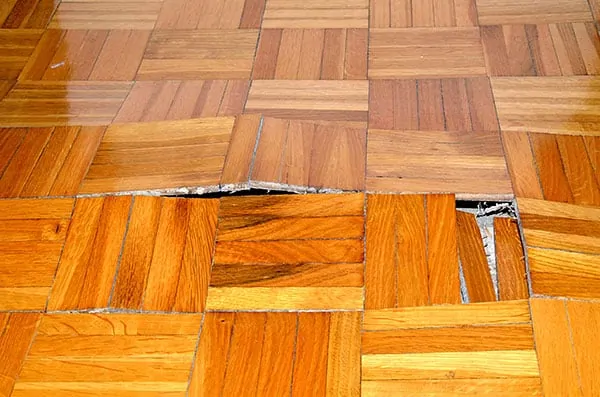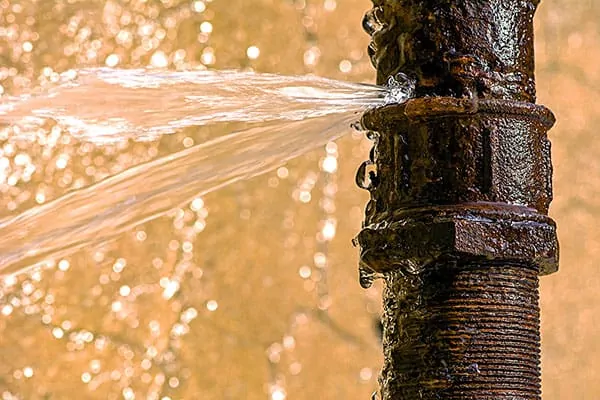Mold Inspection

Do you think mold might be growing somewhere in your home? If so then you should have a mold inspection performed.
Goals of a Mold Inspection
There are two goals of a mold inspection. The first is to find if and where mold is growing in your home. The second is to find the water problem which caused the mold to grow in the first place.
Why You Should Have A Mold Inspection
The obvious reason to have a mold inspection is if you think you have a mold problem in your home. Even if you already know where mold is growing in your home it is a good idea to perform a mold inspection since visible mold growth often means there is more mold growing somewhere out of view.
Signs of Mold
Some common reasons to suspect you could have a mold problem include:
- You are suffering allergic symptoms
- You notice a mold smell
- You have had a water problem, for example: flooding, leaking pipes or a leaking roof
You can look here for more signs of mold problems.
Hiring a Professional Mold Inspector
It’s always best to hire a professional mold inspector to do the mold inspection for you. Thanks to mold inspectors’ experience and their knowledge of spots where mold most often hides, you can be sure that if there’s any mold in your home that they will find it.
Mold inspectors also use special equipment like moisture meters and fiber optics. This allows them to find hot spots where mold is most likely growing and look into hidden areas such as behind walls. This way they can find any and all hidden mold while barely disturbing your home.
History of Water Problems
It’s important to think of recent water problems you’ve had in your home when it comes to preparing for a mold inspection.
If you hire a professional mold inspector it’s a good idea to let them know about any leaks, floods or any other moisture problems you’ve had in your home. If you are performing the mold inspection yourself then knowing about places which had water problems in the past will give you clues about where the mold is most likely growing.
There might have even been water problems in the past which you never found out about. By looking for signs of moisture like warped surfaces, water stains or peeling paint you might find recent water problems which have lead to mold growth.
You should also identify areas which have the potential for water problems such as where pipes run, air conditioner leaks, possible leaking roofs or where water collects after flooding.
Finding Mold During the Inspection
If you decide to do the mold inspection yourself then you need to thoroughly search for mold in every room of your house including the attic and the basement.
Special attention should be paid to areas around water sources such as near the shower or bathtub, sinks or pipes. You should check especially carefully the areas which have had any history of moisture problems in the past. During your search for mold if you do find any water leaks this can then lead you to where mold is growing.
Some common places where mold often grows is on substances high in cellulose such as drywall, under carpets, in insulation or in ventilation ducts.
Visit Where Mold Grows for more help with finding mold and for more places where mold often grows.
Hidden Mold
If you cannot see mold in a room it doesn’t mean there is none there. Mold can often grow hidden from view behind walls, above ceilings, under floors or in air conditioning ducts. If you find small spots of mold on a surface it could mean there is a much larger mold colony growing hidden away on the other side.
Besides using your eyes pay attention to any odors. The smell of a mold colony can help you to narrow down where mold is hiding. Any health issues you notice which occur when you’re in certain areas of your home can also alert you to the presence of nearby mold. Symptoms such as sneezing and sore or water eyes can be tell tale signs of mold growth nearby.
Don’t Disturb Mold
If you do find large areas of mold during the inspection be careful not to disturb it if possible as this can spread spores or even mycotoxins throughout your home. Large mold colonies should only be disturbed once you have set up the proper containment during remediation.
Recognizing Mold
Sometimes you might find what you think is mold but what might actually be dark soot or just dirty spots. Look closely to be sure that what you have found is mold, disturbing it minimally if you need to examine it physically.
If you are unsure you can always use a mold test kit to verify. Testing can also be helpful if for some reason you want to identify the species of mold you have found in your home.
Finding Water Problems
The second stage of mold inspection after finding mold growth is to find the water problem that caused the mold in the first place. There is no point going to the trouble of finding and removing mold in your home if the water problem that caused it is not fixed and then soon causes the mold to return.
You should search your home for any water leaks or evidence of leaks. Besides stopping the leak or other water source you will need to take action to make sure it doesn’t reoccur in the future. Once you have found the cause of the mold in your home you will first need to fix it and then clean up any remaining moisture.
After Finding Mold
After you have found the mold in your home you need to determine the size and extent of the mold colony before you can begin to remove it. If the mold looks like it might be toxic you should think about having it tested to determine its species so you’ll know whether you can remove it yourself or whether you should hire a professional.
In either case you should not disturb any large mold colonies you find yet since proper containment should be set up before mold removal to prevent spores spreading throughout your home.
Mold Testing
After the mold inspection you might feel mold testing is warranted if you couldn’t find any mold. Mold testing can either rule out the presence of mold or help track down its location if it’s hidden.
If mold was found and you decide you want to test the mold to find out its species, eg in case it’s toxic or to confirm it really is mold, then testing will also tell you what you want to know.
Mold Remediation
Once you have found all the mold in your home you’re ready to move on to thinking about the mold removal and remediation process.
After you have removed and remediated a mold problem you might want to perform the mold inspection process again to make sure that the mold clean up was successful.




